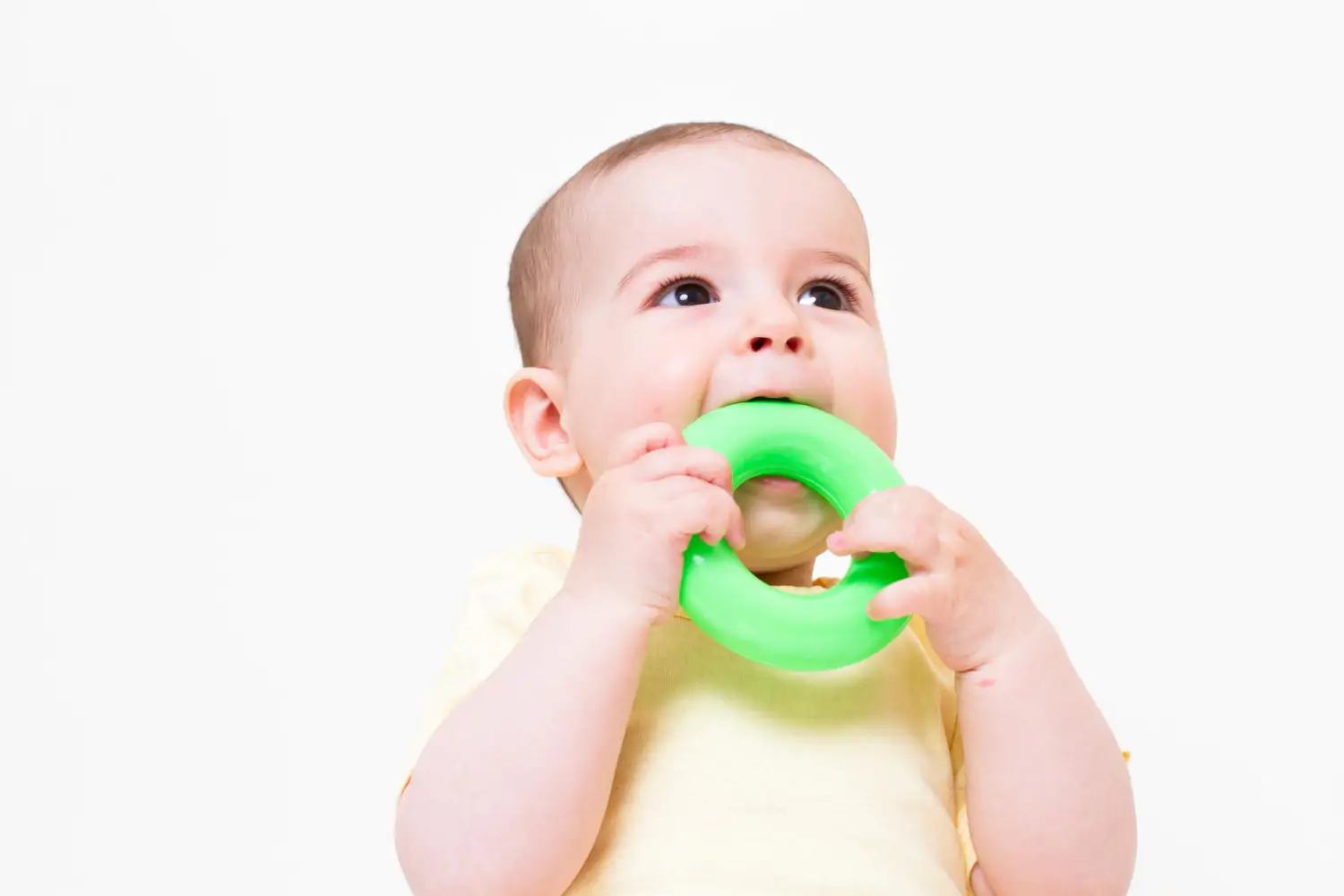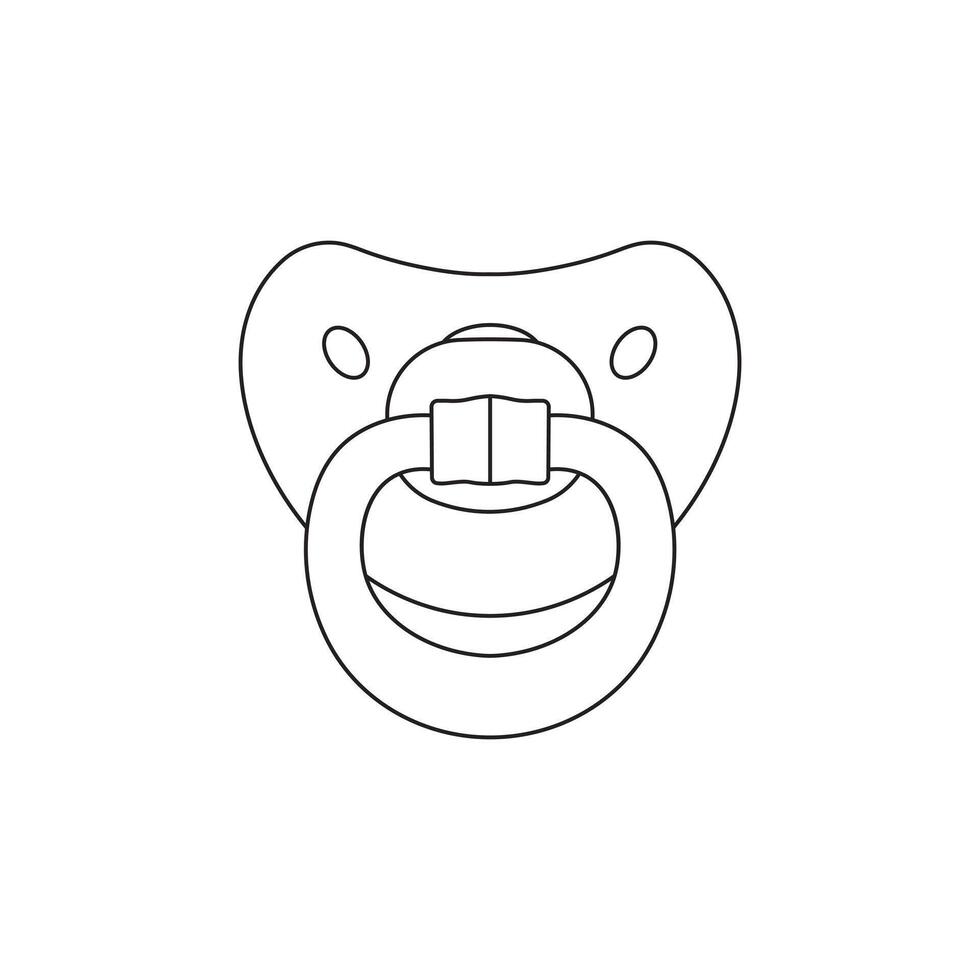
I. Introduction
A. Significance of addressing toddler biting behavior Toddler biting behavior can be challenging for parents and caregivers to navigate. It is essential to address this behavior promptly as it can have a significant impact on both the child who is biting and the child who is being bitten. By addressing biting behavior effectively, we can promote healthy social interactions, prevent harm, and help toddlers develop alternative ways of expressing themselves.
B. Understanding the underlying causes of biting Before implementing strategies to address biting behavior, it is crucial to understand the underlying reasons behind it. Toddlers may bite due to communication and frustration, exploration and curiosity, or as an attention-seeking behavior. By identifying the underlying cause, we can tailor our approaches to effectively address the behavior.
II. Understanding Toddler Biting Behavior
A. Exploring the reasons behind toddler biting
- Communication and frustration Toddlers may resort to biting when they are unable to effectively communicate their needs or are frustrated with their inability to express themselves verbally.
- Exploration and curiosity Biting can also be a result of toddlers exploring their world and testing boundaries through sensory experiences, including biting.
- Attention-seeking behavior In some cases, toddlers may bite as a way to seek attention or elicit a reaction from others.
B. Recognizing triggers and patterns
To effectively address biting behavior, it is essential to recognize the triggers and patterns that lead to these incidents.
- Identifying common situations that trigger biting By observing and noting down the circumstances in which biting occurs, such as during sharing toys or when feeling overwhelmed, we can identify specific triggers.
- Observing patterns to anticipate and prevent biting incidents Recognizing recurring patterns, such as biting when overstimulated or tired, enables us to anticipate these situations and implement preventive measures proactively.
III. Effective Strategies to Address Biting Behavior
A. Teaching alternative ways to communicate
To address communication-related biting behavior, it is essential to provide toddlers with alternative ways to express themselves.
- Encouraging verbal expressions and emotions
Promoting language development and encouraging toddlers to express their feelings and needs through words can help reduce the frustration that may lead to biting. - Introducing sign language or visual prompts for non-verbal communication
Implementing sign language or visual cues as a means of communication can provide toddlers with additional tools to express themselves effectively.
B. Encouraging empathy and understanding

Promoting empathy and understanding is crucial in addressing biting behavior and building healthy social interactions.
- Promoting emotional intelligence and empathy development
Engaging toddlers in activities that promote emotional understanding, such as reading books about feelings or role-playing scenarios, can help them develop empathy towards others. - Teaching toddlers to recognize and respond to others’ feelings
By teaching toddlers to identify and respond to others’ emotions, we can foster a sense of empathy and discourage behaviors like biting.
C. Setting clear and consistent boundaries

Establishing clear boundaries is important in teaching toddlers appropriate behavior and preventing biting incidents.
- Establishing age-appropriate rules and expectations
Developing age-appropriate guidelines and explaining them in a clear and simple manner can help toddlers understand the boundaries. - Using positive reinforcement and rewards for appropriate behavior
Recognizing and reinforcing positive behavior through praise and rewards can motivate toddlers to adopt alternatives to biting.
D. Immediate responses to biting incidents
Reacting calmly and appropriately to biting incidents is crucial in discouraging this behavior.
- Reacting calmly and avoiding negative reinforcement
Responding to biting incidents calmly without displaying anger or frustration helps toddlers understand that biting is not an effective way to communicate or receive attention. - Implementing appropriate consequences and timeouts
Applying appropriate consequences, such as removing the toddler from the situation and offering a time-out, reinforces that biting is unacceptable behavior.
IV. Collaborating with Parents and Educators
A. Open communication with parents

Effective collaboration between parents and educators is crucial in addressing toddler biting behavior. Open communication allows for the sharing of observations, concerns, and strategies for addressing biting incidents.
Sharing observations and concerns about biting behavior Parents and educators should regularly communicate about any biting incidents, including details about when and where they occur, triggers, and any patterns that may have emerged. By openly discussing these observations and concerns, both parties can gain a better understanding of the behavior and work towards a solution together.
Collaborating to implement consistent strategies at home and in childcare settings Consistency is key when addressing biting behavior. By collaborating with parents, educators can ensure that strategies used at childcare settings align with those implemented at home. This includes discussing the approaches, techniques, and consequences used to address biting incidents, and working together to ensure a unified approach.
B. Creating a supportive environment
A supportive environment plays a vital role in addressing and preventing biting behavior in toddlers. When parents and educators work together to create such an environment, they can enhance social-emotional learning opportunities and promote positive peer interactions.
Enhancing social-emotional learning opportunities Both parents and educators can provide opportunities for toddlers to learn and practice social-emotional skills. This can include engaging in activities that promote empathy, emotional understanding, and self-regulation. For example, reading books with moral lessons, engaging in dialogue about emotions, and encouraging children to label and express their feelings can all contribute to enhancing social-emotional learning.
Promoting positive peer interactions and problem-solving skills Collaboration between parents and educators can help create an environment that promotes positive peer interactions and supports toddlers in acquiring problem-solving skills. This can involve organizing activities that encourage cooperation, sharing, and taking turns. By teaching alternative ways to resolve conflicts and encouraging communication, parents and educators can equip toddlers with the necessary skills to navigate social situations without resorting to biting.
By working together and creating a supportive environment, parents and educators can effectively address biting behavior in toddlers. Open communication allows for a better understanding of the behavior, while consistency in strategies and approaches helps toddlers understand the boundaries and expectations across different environments. Furthermore, promoting social-emotional learning and positive peer interactions helps toddlers develop the necessary skills to interact with others in a respectful and appropriate manner.
In conclusion, collaboration between parents and educators is essential in addressing toddler biting behavior. By openly communicating, sharing observations and concerns, and collaborating to implement consistent strategies, parents and educators can create a supportive environment that promotes positive interactions and addresses biting behavior effectively. Through this partnership, toddlers can develop the necessary skills for healthy social interactions and emotional well-being.




